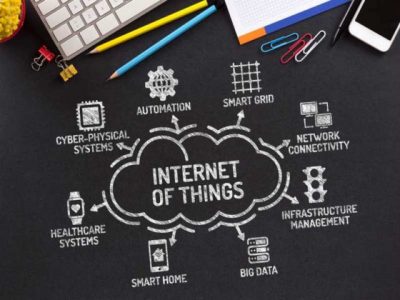Energy prepayment in the UK
August 29, 2018
Today, we look at how energy management software firm Eliq is helping 200,000 UK metering points to optimise their energy conservation.
The UK has 6 million homes on so-called prepayment meters. The phenomenon doesn’t exist in most European countries but is gaining traction in the US and other parts of the world.
What was originally a scheme to enable anyone with poor credit ratings to be guaranteed to find an energy supplier, is becoming popular with millennials where it is marketed as pay-as-you-go — a no-commitments alternative to an energy contract, just like a prepaid phone plan. The UK’s challenger utilities such as E, Utilita, Economy Energy and OVO Energy/Boost have taken a large portion of the market from the Big Six over the last couple of years and the trend seems to be accelerating.
Last week, Eliq announced that we have been contracted by UK prepay utility ‘E’ (e.org) to provide a brand new user experience across mobile and web to 200,000 homes as smart meters are being rolled out.
The problem with pre-pay
Prepay has advantages, in that it helps keeping track of your expenses (you’ll never end up with an unexpected bill you can’t afford). It also enables you to make payments when it suits you rather than at the end of the billing cycle.
However, even with a smart meter, it’s difficult to know when to top-up and many homes experience unexpected black-outs or wake up to a cold house on days when consumption is high.
1.Making payments
If you’re not on a smart meter, you need to bring your payment card or key to a store part of a prepay network such as PayPoint, have them fill it up with credits, then bring it back and insert it into the meter. It’s time-consuming, and not the way you like to spend your winter mornings when the cold has made your gas meter credits run out.
With a smart meter, you don’t have to bring a card back to the meter, and you can even top up remotely via the web or SMS
2.Knowing when to top-up
Before smart metering, customers would need to go down to check their meter display to see the balance on the meter, and estimate if a top-up was needed. With energy consumption varying greatly between seasons and just from one day to another due to weather changes, you can imagine it’s not easy and sometimes you’ll make a mistake and come home to a freezing house or weak up only to see the lights won’t go on. This is an absolutely horrible experience, which many prepay homes have been through at some point.
With the government mandated smart-meter rollout, a solution was introduced in 2014, to equip all homes with a wireless in-home display, which would allow customers to view their meter balance from their kitchen rather than their cellar or staircase, or wherever their meter is placed. Not much of a solution for pre-pay I’ll say…
Mobile apps and intelligent forecasting is the answer
Although a great improvement thanks to smart meters, it’s just not enough to simply enable customers to top up remotely. If they don’t know, with precision, when their meter is likely to run out of credits — chances are they will not top up the right amount, run out of credits at some point, or at least worry about it.
We’ve spoken to numerous customers who told us about the frustration of having to estimate if their meter credits will last them over the weekend or not, or waking up to a cold home after a cold winter night.
This is why we developed Intelligent Forecasting — a smart algorithm that learns your consumption patterns and figures out when you are likely to run out of credits. It even uses energy disaggregation analytics technology to figure out how much energy your gas or electric heater uses, and takes weather forecasts into account to give an accurate prediction. Combined with frictionless in-app payments, the service will create a step change improvement for customers of E this autumn.
From Smart Energy


